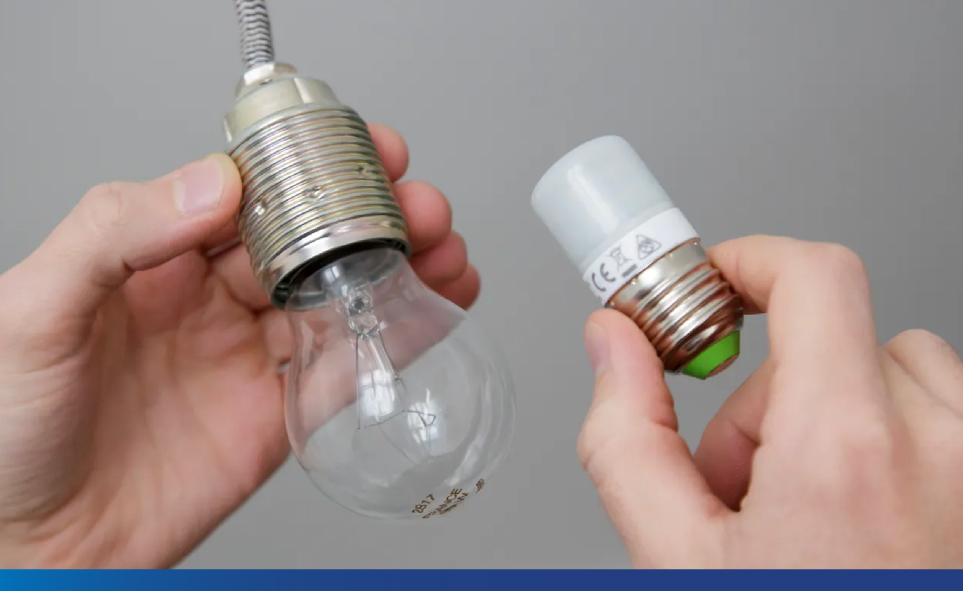ADAMS ARMATUREN GMBH to supply quick closing non return valve (QC NRV) for steam turbine protection from ADAMS valves India Pvt Ltd – Make In India
For more than 60 years, ADAMS is specialised in the development of triple eccentric butterfly valves of unfailing reliability and utmost quality. We have a full range of experience with power plants which enables us to provide our customers with perfectly coordinated valve solutions for different power plant types. Many of our valves for power plants have been in operation for decades, highlighting our high quality and security.
In addition to butterfly valves, ADAMS has a wide selection of speciality check valves. The purpose of check valves or non-return valves is to allow fluid flow in one preferred direction and to prevent backflow, or flow in the opposite direction. As pressure drops in a pipe and the fluid momentum slows, a check valve ideally begins to close. As the flow direction reverses, the check valve closes completely. Based on this simple operation, it appears that a single check valve design would be sufficient for use in any application. In addition to this basic non-return function, however, there are other service requirements that must be met by a check valve design which can vary extensively with different applications. The ADAMS range of check valves is probably the most comprehensive and sophisticated product line produced by any manufacturer. Types available range from gravity closing, fast-acting tilting disc valves to ultra-fast-closing, power-assisted check valves for high pressure, high- temperature applications and ultimately to hydraulically damped, combined function check valves for severe pump applications.
ADAMS valves in Power plant application:
Numerous ADAMS valves have been mounted for the protection of steam turbines and many are still in operation. On loss of load, the large steam turbine can rapidly accelerate to Overspeed in order to reverse steam flow caused by the energy contained in the extraction and feedwater heating system. Flow reversal can occur in less than 0.2 seconds and this can cause a very high impact on check valve closure if delayed. The check valve must be designed to respond as rapidly as possible by means of low inertia and minimum friction.

Below details are about ADAMS valve type SCV which is mainly used as QC NRV in steam turbine applications.
SR_BR_KS Anand_ADAMS ARMATUREN GMBH to supply quick closing non return valve (QC NRV) for steam turbine protection from ADAMS valves India Pvt Ltd – Make In India_30.3.22
The ADAMS SCV Check Valves are designed for installation on the outlet side of steam turbines. With their reliable, non-jamming closures, our SCV valves are optimally designed to fulfil important protective functions. SCV check valves efficiently protect steam and gas turbines from backflow coming from steam extraction pipes. This is guaranteed by a free-swinging model that closes automatically by means of its own weight. This enables it to swing close against a double bearing friction moment without the assistance of a drive system. This makes extremely short closure times of under 0.5 seconds possible. A hydraulic, pneumatic or electric fail-safe drive can be added as a closure aid by means of a two-part stem construction.

ADAMS – SCV MODEL which is used for extraction line and Cold Reheat line (CRH) in steam turbine protection in Power plants.
The SCV is a robust cast valve with butt-welded ends. Welding neck flanges can be welded on. The valve disc made of chrome steel reduces abrasions. The valve discs of installed valves can be replaced via the inspection and assembly opening. The seal seat is manufactured by deposit welding.
K. S. Anand, General Manager, ADAMS VALVES, INDIA



N P Singh
August 6, 2021 at 5:59 amWe require 650 NB QC NRV for LP extraction line. Pl provide us with the MOC list.